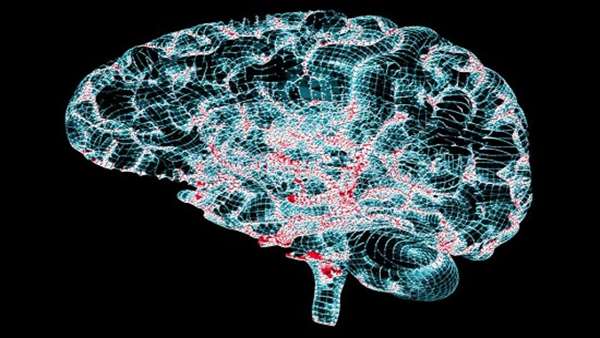Novel, stem cell-based model mimics mechanisms of Alzheimers disease
Scientists in Dresden, Germany, have been successful in mimicking mechanisms of Alzheimers disease in a novel, stem cell-based model system that reproduces features of human brain tissue.
Scientists in Dresden, Germany, have been successful in mimicking mechanisms of Alzheimer"s disease in a novel, stem cell-based model system that reproduces features of human brain tissue. This experimental tool can be used to study mechanisms of pathology and help to find new therapeutic approaches, the researchers say. Their results, published in the journal Developmental Cell, indicate that modulating the immune system can trigger neuronal repair processes and thus possibly help the brain to better cope with Alzheimer"s. The study involved the German Center for Neurodegenerative Diseases (DZNE), the Leibniz Institute of Polymer Research Dresden (IPF), the Center for Regenerative Therapies Dresden at the TU Dresden (CRTD) and further institutions from Germany and abroad.
By using the new disease model, the researchers discovered an approach to instruct so-called stem cells to produce neurons. This kick-started repair processes. Experts call this phenomenon "neuronal regeneration".
"Neural stem cells are the progenitors of neurons. They occur naturally in the brain and as such they constitute a reservoir for new neurons. However, in Alzheimer"s neural stem cells lose this ability and therefore cannot replace neurons lost due to the disease," explains Dr. Caghan Kizil, head of the current study and research group leader at the DZNE and the CRTD. "Our results suggest that modulating the immune system can unlock the potential of neural stem cells to build new neurons. These new cells foster regeneration and could possibly help the brain to better cope with the disease. This points to a potential approach to therapy, which we intend to further explore. If it will work out in humans, we cannot say at this stage. At present, this is still fundamental research."
Three-dimensional networks
The new disease model is based on human stem cells that are embedded in a polymer hydrogels. This soft and transparent biomaterial consists of the glycosaminoglycan heparin, the synthetic polymer poly(ethylene glycol) and various functional peptide units. The cell cultures are then grown in small culture wells of less than one milliliter volume. "The tunable polymer system allowed to combine effective molecular and physical signals that direct the cells to generate three-dimensional networks reminiscent of the neuronal webs of the human brain," emphasizes Carsten Werner, director of the biomaterials program at IPF and professor of Biofunctional Polymer Materials at the CRTD. He points out that the current setup could be further miniaturized: "The size of the culture environment is hardly relevant. In principle, we could work with considerably smaller volumes."
"Other disease models based on human stem cells already exist. However, they are not suitable to address questions of our research on neuronal regeneration," Kizil explains. "We are confident, that our system is unprecedented in several aspects such as the ability of stem cells to behave in a similar way as they do in the brain."
Thus, Kizil sees various applications: "Because of these properties, our model could be of use not only to study disease processes. I also see use in the pharmaceutical industry. Here, it could be applied in the early phase of drug development for the testing of chemical compounds."
Replication of pathological features
When cells grown according to this culture method were exposed to "Amyloid-beta", which are proteins involved in Alzheimer"s disease, typical pathological features developed. This included Amyloid-beta aggregates: the notorious "plaques". Furthermore, the researchers observed deposits of Tau proteins within neurons, which are another hallmark of Alzheimer"s. Moreover, they found massive neuronal and synaptic damage. Yet, application of the immune system molecule "Interleukin-4" induced neural stem cells to produce new neurons. This mitigated the detrimental effects triggered by Amyloid-beta.
Basis for new therapies?
"In the human brain, the immune response has diverse effects - both detrimental and beneficial. However, our results suggest that by modulating these mechanisms, we may combat Alzheimer"s disease," Kizil says. "Interestingly, besides showing the beneficial effects of Interleukin-4, our data also indicate that this benefit is related to regulation of a metabolic product called Kynurenic acid. This is significant, because levels of Kynurenic acid are known to be elevated in the brains of patients with Alzheimer"s. Thus, our model offers clues on how different players that are relevant for Alzheimer"s interact. In light of this, our model might help to pave the way for therapies based on neuronal regeneration."





ارسال به دوستان